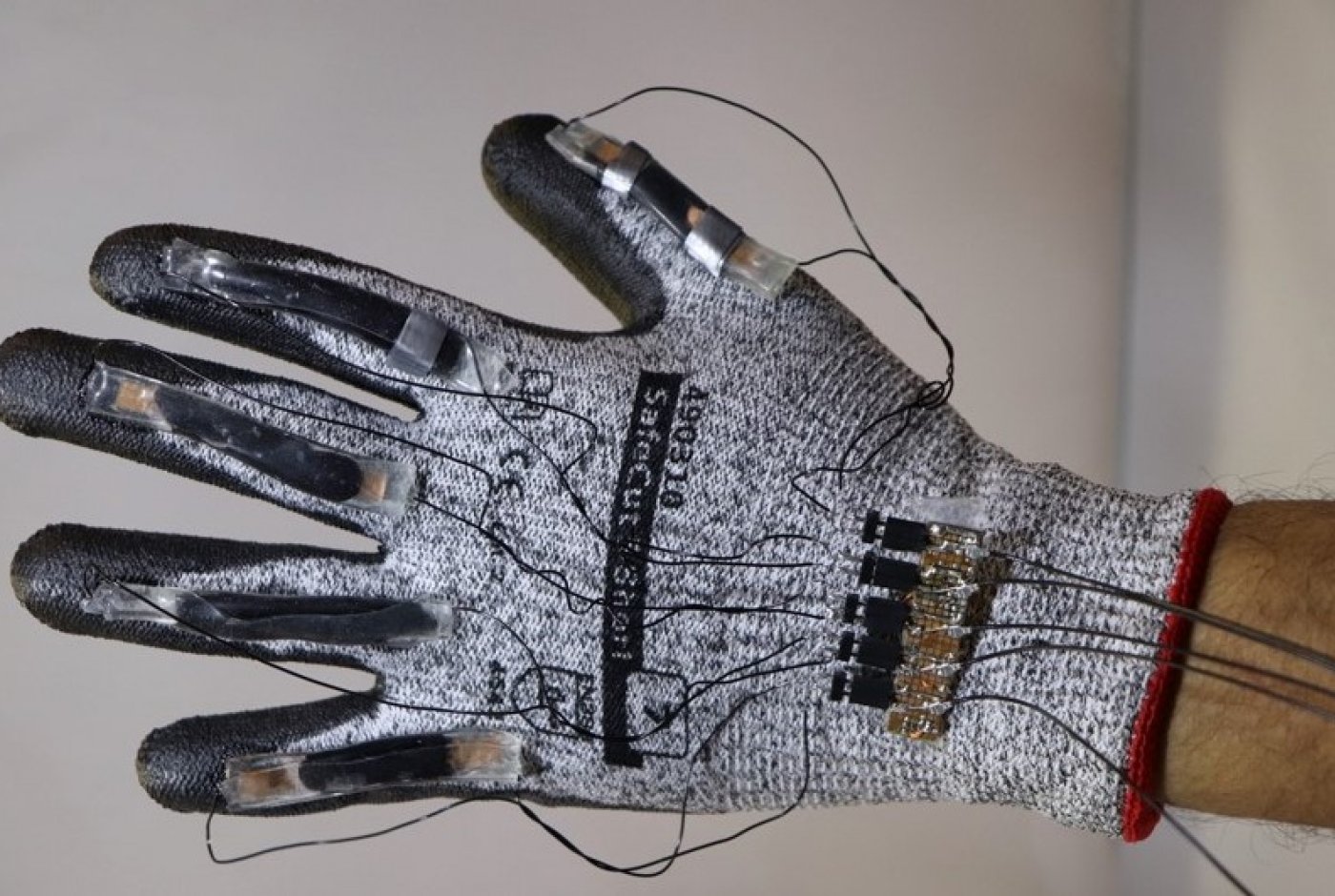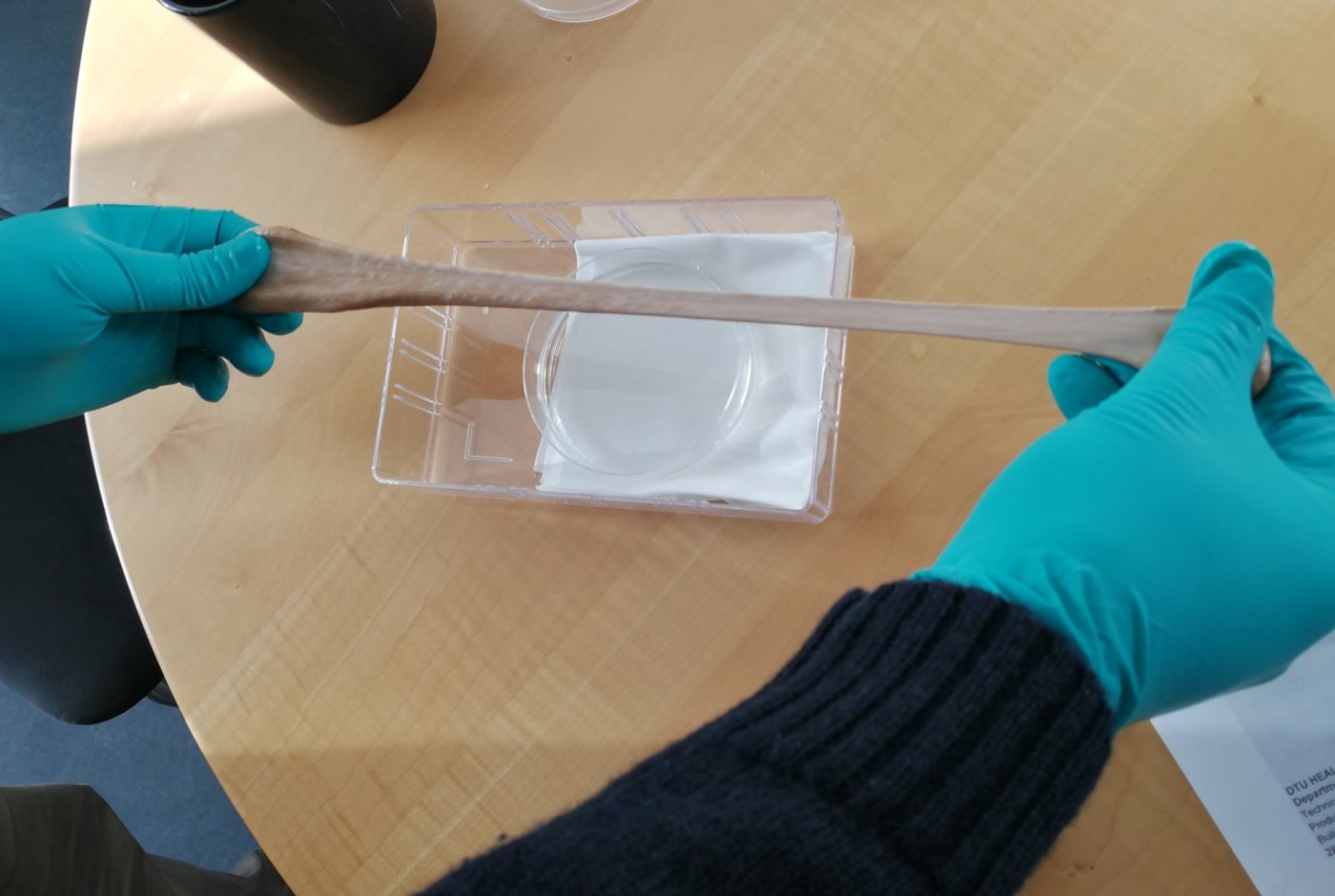
The bionic human
The human body works extensively using electricity, so it should be a small matter to get the body's organs to work with modern electronics. Some even talk about the possibilities of soon creating a bionic human being. But it still does not go that fast.
Science journalist Jens Degett from Science Stories has spoken with bionics researcher Alireza Dolatshahi-Pirouz from the Technical University of Denmark (DTU).
Follow Science Stories on: iTunes, Spotify, Spreaker, Google Podcasts, YouTube, Twitter, Facebook, or Instagram.
At DTU, a group of researchers led by Alireza Dolatshahi-Pirouz have, among other things, developed a glove which consists of silk and a nanomaterial called laponite. The glove can very accurately measure all movements in the hand and the signals can be used to reproduce the movements very accurately, so another person will be able to learn to perform complicated movements based on the very sensitive signals that have been detected.

Another bionic material that the researchers are working with at DTU is an artificial bone material that can be shaped and has special electrical properties.
